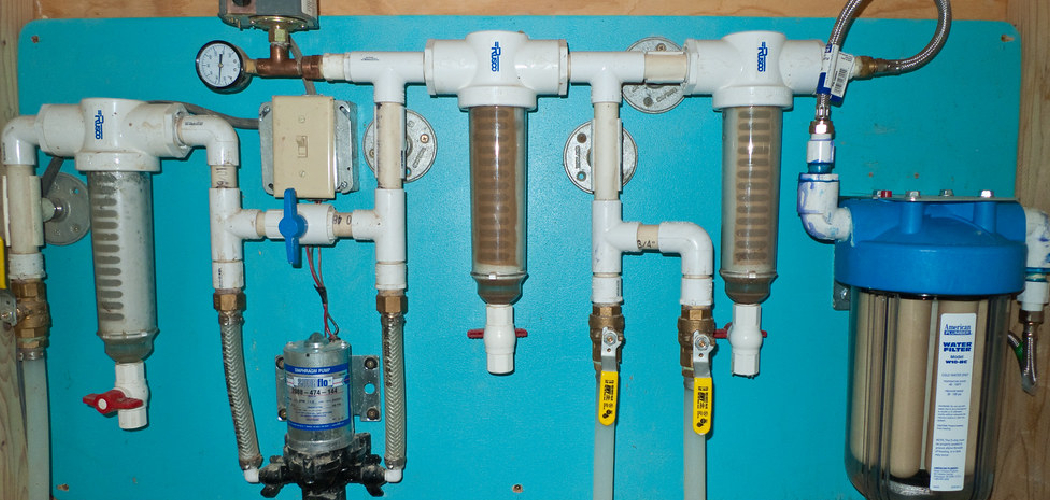Are you tired of constantly buying bottled water or worried about tap water quality? Installing a water filtration system can provide clean and safe drinking water from your tap.
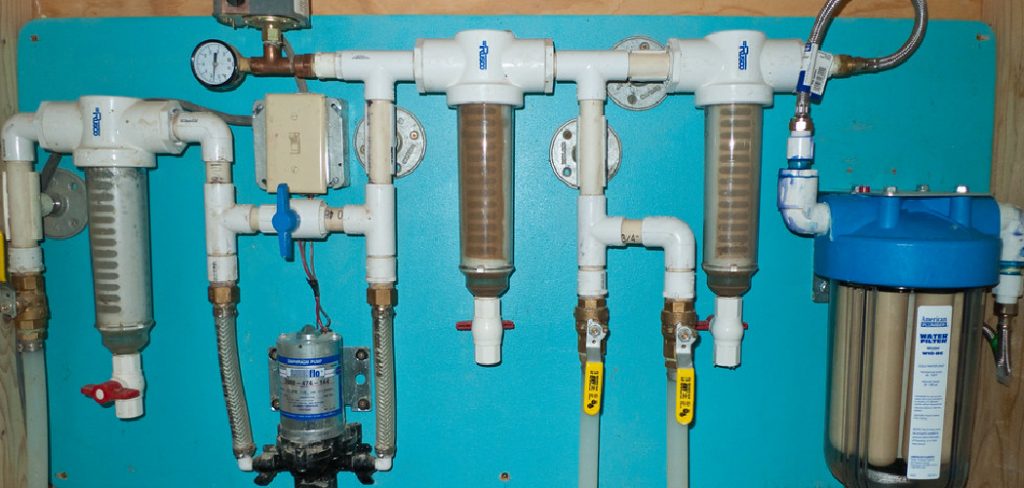
A water filtration system is essential for ensuring clean and safe drinking water. By removing impurities such as sediment, chlorine, bacteria, and other contaminants, it provides healthier water for you and your family. Learning how to use a water filtration system properly can maximize its efficiency and prolong its lifespan.
This guide on how to use Water filtration system will walk you through the essential steps to set up, use, and maintain your water filtration system effectively, ensuring the water you consume is of the highest quality. Let’s get started!
What Are the Benefits of Using a Water Filtration System?
There are several benefits to using a water filtration system. Some of the main advantages include:
- Improved Taste: One of the most noticeable benefits of using a water filtration system is the improved taste of your drinking water. By removing impurities and contaminants, your water will taste cleaner and fresher.
- Healthier Water: Water filtration systems can remove harmful contaminants like bacteria, viruses, chemicals, heavy metals, and more. This means you and your family will consume healthier water with a reduced risk of illness or disease.
- Cost-effective: While purchasing a water filtration system may seem like an additional expense, it can actually save you money in the long run. A water filtration system can help you save money on your monthly payments by avoiding the purchase of bottled water or replacing filters constantly.
- Eco-friendly: Using a water filtration system is also better for the environment as it reduces plastic waste from bottled water and eliminates the energy consumption required to produce and transport bottled water.
- Convenience: With a water filtration system at home, you will have access to clean drinking water at all times without having to leave your house or rely on store-bought options. This can be especially beneficial during emergencies or natural disasters when access to clean drinking water may be limited.
What Will You Need?
To install a water filtration system, you will need:
- A screwdriver
- An adjustable wrench
- A drill (if necessary)
- Pliers (if necessary)
- Teflon tape
- The specific installation kit for your chosen water filtration system
Once you have gathered all these materials, you are ready to begin the installation process.
8 Easy Steps on How to Use Water Filtration System
Step 1. Read the Manufacturer’s Instructions
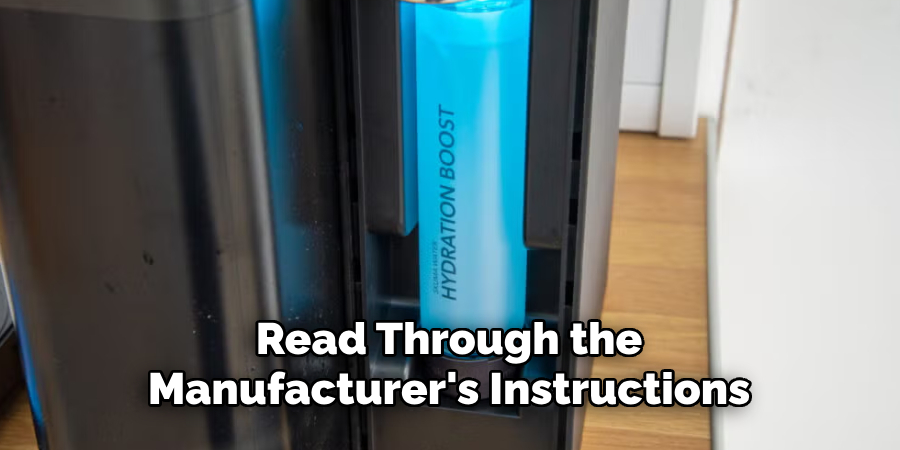
Before you begin, carefully read through the manufacturer’s instructions for your water filtration system. These instructions are tailored to your specific model and will provide essential details regarding its setup, operation, and maintenance. Pay close attention to any warnings or specific requirements for installation to ensure safety and proper functionality. Taking the time to fully understand the manual will save you troubleshooting later and help the installation process go smoothly.
Step 2. Prepare the Installation Area
Before starting the installation, ensure the area where the water filtration system will be installed is clean and accessible. Turn off the water supply to avoid leaks or spills during installation. Use a towel or bucket to catch any remaining water in the pipes if necessary. Check that the area has enough space to accommodate the filtration system and its components. Clear away any obstructions, and make sure you have adequate lighting to see the connections. This preparation will help ensure a smooth installation process and minimize potential issues later.
Step 3: Assemble the Filtration System
Begin assembling the filtration system according to the manufacturer’s instructions. Carefully unpack all the components and verify that no parts are missing or damaged. Lay out the items in an organized manner for easy access during assembly. Attach any fittings, brackets, or adapters as required, ensuring they are securely tightened but not over-tightened to avoid damage. Take note of the system’s labeled inlet and outlet points to ensure proper flow direction during installation. Double-check all connections before proceeding to the next step.
Step 4: Mounting the System
Position the system at the designated location, ensuring it is level and securely supported. Use the appropriate mounting hardware supplied with the system and follow the recommended guidelines for wall or floor mounting, as applicable. Ensure there is adequate space around the system for maintenance and future adjustments. Once the system is aligned correctly, securely fasten it in place, checking that all brackets or supports are firmly attached to avoid movement or instability during operation.
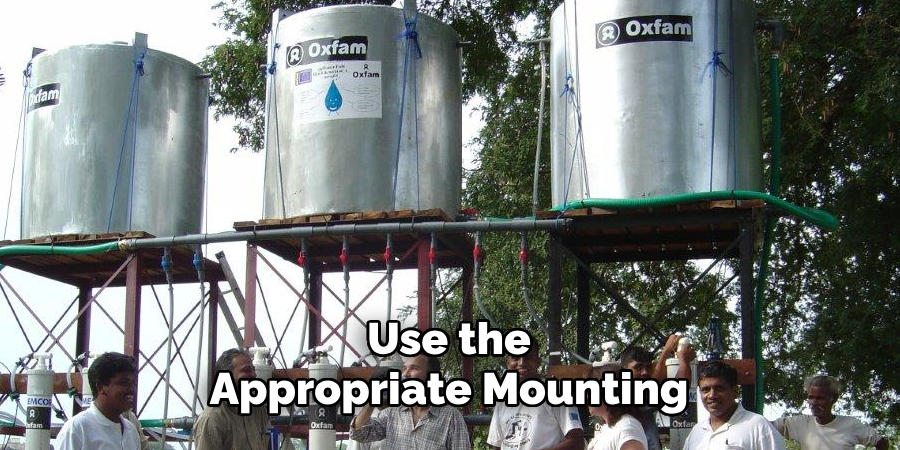
Step 5: Electrical Connection
Carefully connect the system to the power supply, ensuring compatibility with the specified voltage and current requirements outlined in the user manual. Use appropriately rated cables and connectors, and verify that all connections are tight and secure to prevent electrical hazards. If required, integrate grounding measures according to local electrical codes to ensure safe operation. Once all connections are complete, double-check the wiring for accuracy before proceeding.
Step 6: System Initialization
After completing the electrical connection, power on the system by activating the main switch or following the startup procedure detailed in the user manual. Monitor the system closely during initialization to ensure all components function as expected. Check for warning lights, unusual noises, or irregular performance, and address any issues immediately. If the system includes diagnostic tools, run an initial test to confirm proper installation and functionality before performing regular operations.
Step 7: Regular Maintenance
Regular maintenance ensures the system operates efficiently and has a prolonged lifespan. Begin by following the manufacturer’s recommended maintenance schedule and guidelines. This typically includes cleaning, inspecting, and testing various components to identify any signs of wear or damage. Replace filters, lubricate moving parts, and tighten any loose connections as necessary. Keep an eye on performance metrics and address any deviations promptly to prevent minor issues from escalating into costly repairs.
Additionally, maintain detailed records of all maintenance activities, including dates, parts replaced, and any issues addressed. These records help track the system’s health and provide valuable information for troubleshooting or warranty claims.
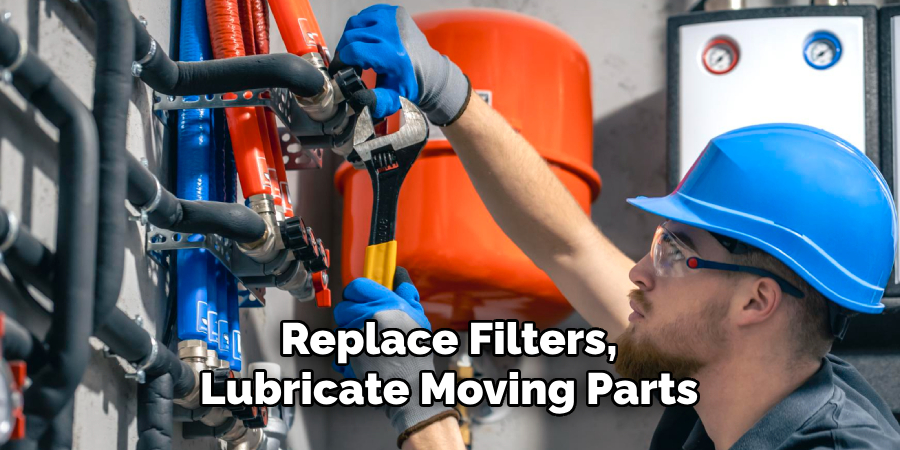
Step 8: Keep Up with Technology Advancements
As technology advances, staying updated on the latest developments in HVAC systems is essential. Newer models may offer more efficient and cost-effective solutions for heating and cooling, which can save you money in the long run.
Regularly research and compare different systems, features, and energy efficiency ratings. This will help you make informed decisions when it comes time to replace your current system or upgrade to a new one.
Additionally, consider investing in innovative HVAC technologies that allow for remote monitoring and control of your system. These advancements not only provide convenience but also allow for better management of energy usage.
By following these tips, you can save money on your energy bills and contribute to a more sustainable and eco-friendly future.
5 Things You Should Avoid
- Ignoring Regular Maintenance: Failing to maintain your water filtration system can lead to reduced efficiency and potential water contamination. Regularly replace filters and clean components as recommended by the manufacturer.
- Using the Wrong Filters: Installing incompatible or low-quality filters can compromise the performance of your filtration system. Always ensure you are using the filters specifically designed for your model.
- Overlooking Water Pressure Requirements: Excessively high or low water pressure can damage your filtration system or impair its functionality. Check your system’s manual for the ideal pressure range and adjust accordingly.
- Neglecting Manufacturer’s Instructions: Not following the manufacturer’s setup, usage, or maintenance instructions may void the warranty and jeopardize the system’s performance. Always refer to the manual for accurate guidance.
- Prolonged Use of Expired Filters: Continuously using filters past their recommended lifespan can lead to water quality issues and potential health risks. Replace filters on schedule to ensure your system functions as intended.
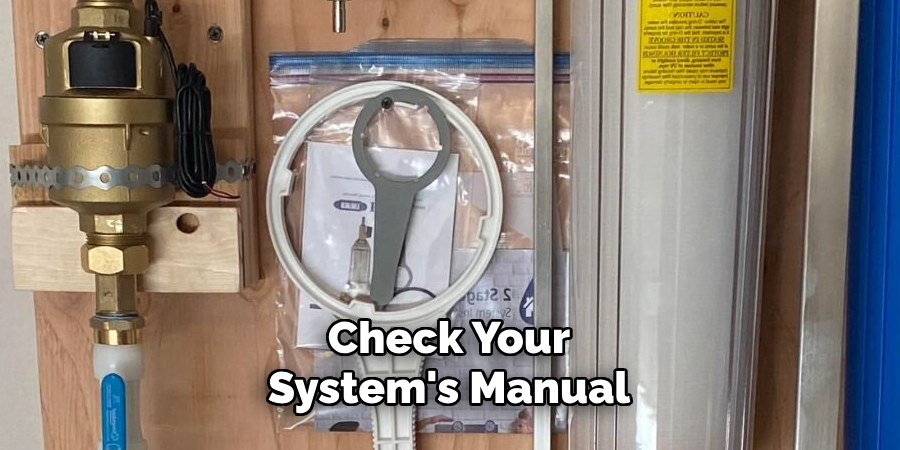
What is the Basic Principle of Filtration?
The basic principle of filtration is to remove impurities and contaminants from a fluid or gas by passing it through a porous material. This process involves physically separating particles, bacteria, chemicals, and other harmful substances from the filtered substance. The effectiveness of filtration depends on the size and type of pores in the filter medium, as well as the flow rate and pressure applied during the filtration process.
Filtration is essential in various industries such as water treatment, food and beverage production, pharmaceuticals, oil and gas refining, and many others. It is also commonly used in household appliances such as air purifiers and water filtration systems.
Conclusion
How to use Water filtration system is an effective and widely used method for removing impurities from liquids. It involves passing the liquid through a filter medium, which can be made of various materials such as sand, activated carbon, or ceramic.
Begin by carefully reading the manufacturer’s instructions to ensure proper installation and operation. Regularly check and replace filters to maintain optimal performance and provide clean, safe water. Monitor flow rates and monitor for any signs of decreased efficiency, which may indicate the need for a filter replacement or other maintenance.
By following these steps and maintaining a consistent schedule of care, you can ensure the longevity and reliability of your water filtration system.

